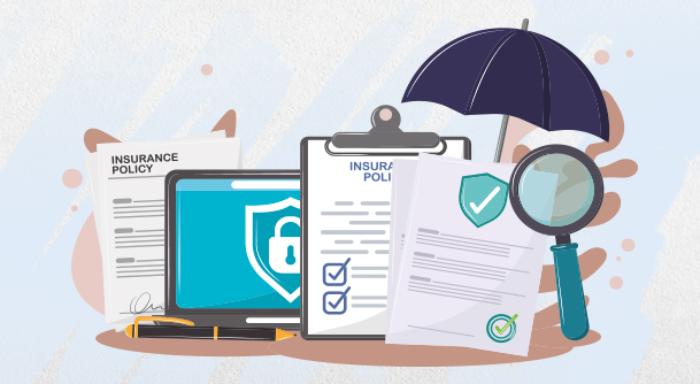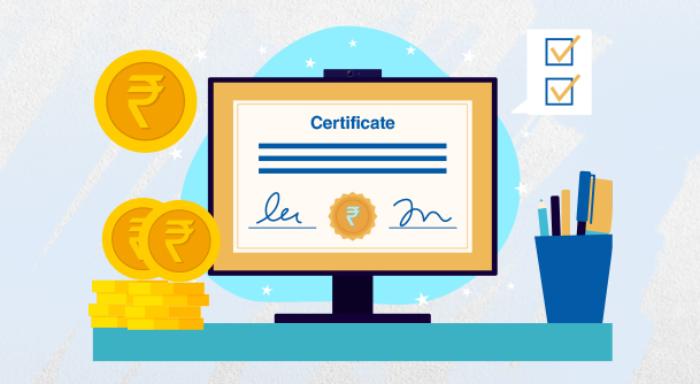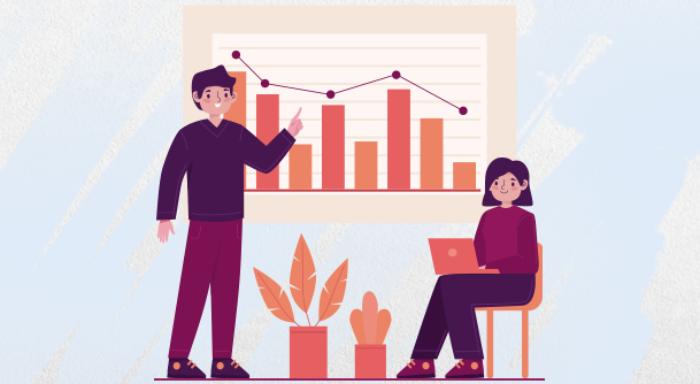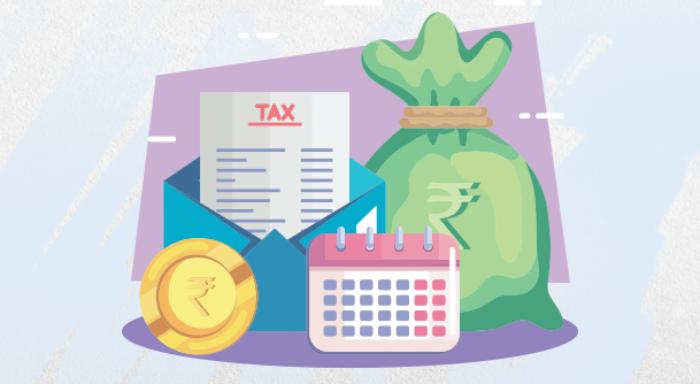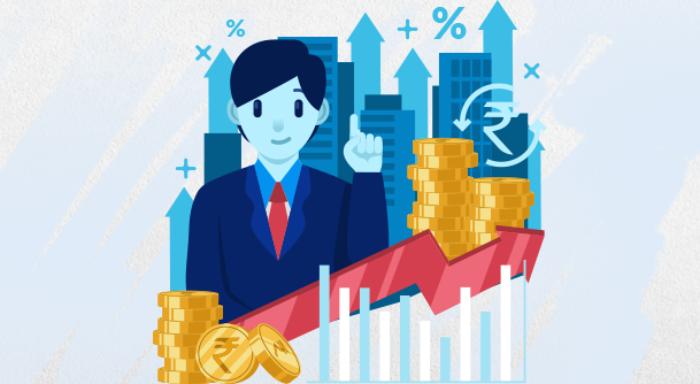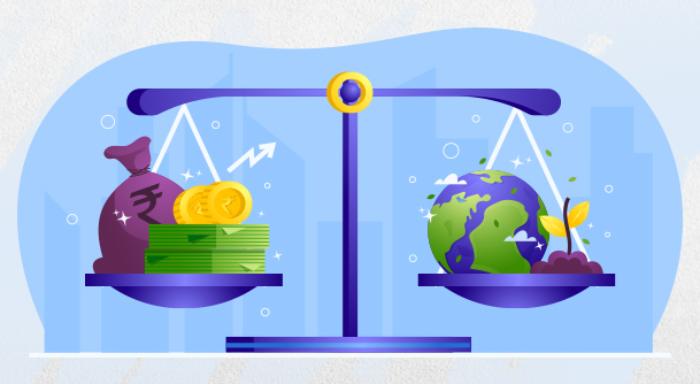What is Inflation and How Does It Impact Your Investment?
Blog Title
1451 |
5/28/24 2:09 PM |
In the simplest of terms, inflation is the gradual rise in the prices for goods and services. Over time, the purchasing power of your money goes down while the cost-of-living increases. Just ask your parents or grandparents, and they will tell you how valuable a ₹100 note was back in their day. However, nowadays we tend to spend that much, or even more, on a daily basis.
Inflation is a constant issue that you need to be aware of, especially if you are just starting your investment portfolio. Your investment plan should account for inflation so that your returns are sufficient to cover for the rising cost of living. If you want to learn more about inflation, below are some basic details that can help you better understand the concept.
How Inflation Affects Your Investments
The value of your investments depends on the returns that they provide. Generally, the best investments are those with a low entry cost but high returns. However, the real value of your investment cannot be determined without taking inflation into account. Remember that inflation is the loss of purchasing power over time. Your returns need to be valuable even after years when the cost of living has increased.
Let’s take the example of a guaranteed returns plans. Guaranteed returns or income plans have a set rate of returns, so it is quite simple to calculate your final returns. However, the rate of returns offered to you at the inception of the policy is a nominal rate. The real rate of returns will be determined by factoring in inflation.
Nominal Interest Rate- The rate of interest as given in the contract. You will only receive this rate if the inflation rate remains at zero from the inception to the end of your policy.
Real Interest Rate- The rate of interest when factoring in inflation. This is the real rate that your returns will grow at. Real interest rate is calculated by subtracting the nominal rate with the rate of inflation.
If your real rate of interest falls in the negative, then that means that your investment is a liability rather than an asset. Even though you will get a larger sum of money back by the end of your term, the sum is insufficient to compensate for the higher cost of living.
How Inflation Can Affect Your Savings
There is a reason why people tell you to invest your money rather than keep it in a savings account. The interest rate for savings accounts is generally not enough to counter the rate of inflation. This is especially problematic for retirees who no longer have an income source. Retired individuals will slowly lose their buying power over time, as their savings remain static while the cost of living keeps increasing.
This is why it is important to invest in a pension plan or retirement plan. With a pension plan, you will continue to have a steady source of income post-retirement, allowing you to maintain your standard of living even with rising costs.
Types of Inflation
There are various reasons why a certain good or service may become more expensive. Inflation is differentiated into types based on the root cause of price rises. Below are three of the most discussed types of inflation that can negatively affect your investments or savings.
Demand-Pull Inflation
Demand-pull inflation occurs when consumer demand for a good/service is high, but the supply is still low. This causes an upwards pressure on prices for the good/service in question. if the supply is not increased to meet the demand, then prices will inadvertently rise. Applying the same principle on a national scale, inflation will occur when the overall market demand far outweighs the market supply.
Key Reasons Behind Demand-Pull Inflation:
- Demand is greater than supply.
- Supply drops or remains the same, failing to meet consumer demand.
- Consumers with high disposable income will be more willing to spend money, increasing the demand for consumer goods/services.
- Government spending can also lead to scarcity of certain goods and services, leading to demand-pull inflation.
Cost-Push Inflation
Cost-push inflation occurs when the cost of production and raw materials increases. When production is more expensive, supply of goods will decrease. Moreover, the increasing cost of production is pushed onto the consumers. For example, if the cost of manufacturing phones increases, companies will increase the price of mobile phones to maintain their profits. Ultimately, the consumers will be burdened with the additional costs caused by inflation.
Key Reasons Behind Cost-Push Inflation:
- Rise in production costs.
- Rise in raw materials for goods.
- Higher wage costs can also lead to cost-push inflation if the manufacturers increase product costs to maintain profits.
Cost-push inflation is generally compared to demand-pull inflation, but overall, cost-push inflation may be more detrimental to the economy. Demand-pull inflation occurs due to high consumer demand, which generally occurs when people have higher purchasing power. However, cost-push inflation is a result of increasing production costs, which increases costs even when consumer demand is modest. Ultimately, both types of inflation lead to a higher cost of living.
Built-In Inflation
When the inflation rate is already high, people expect the same rate to continue for the foreseeable future. Basically, the expectation of inflation leads to even more inflation. For example, employees with demand a higher salary to compensate for rising costs. This in turn will cause the employer/company to increase the cost of their products to maintain profits. Hence the cycle of inflation continues, and prices rise steadily.
Key Reasons Behind Built-In Inflation:
- Already high inflation rates leading to negative consumer outlook.
- Demand for higher wages to compensate for inflation leads to businesses increasing prices.
Conclusion
Inflation is a constant part of the economy that cannot be ignored. Always factor in the rate of inflation before making an investment. Ensure that your rate of returns is greater than the inflation rate to maximise your wealth growth. You should also consider investing in a life insurance plan to ensure the financial stability of your loved ones in your absence. The claim amount your family will receive through the life insurance plan will help them maintain their living standards even when factoring in inflation.
Unit Linked Insurance Plans (ULIPs) are an ideal if you are looking for an insurance plan that also acts as an investment opportunity. In a ULIP, your premiums not only go towards your life cover but are also invested into market-linked funds. Your rate of returns will completely depend on the market interest rate, which, more often than not, is higher than the inflation rate.
Swati Tumar - Travel & Finance Writer
Swati is a Writer in the day and an illustrator at night. Among her interests, she is quite fond of art and all things creative. She often indulges herself in creating doodles, illustrations, and other forms of content. She identifies herself as an avid traveler and shameless foodie.

